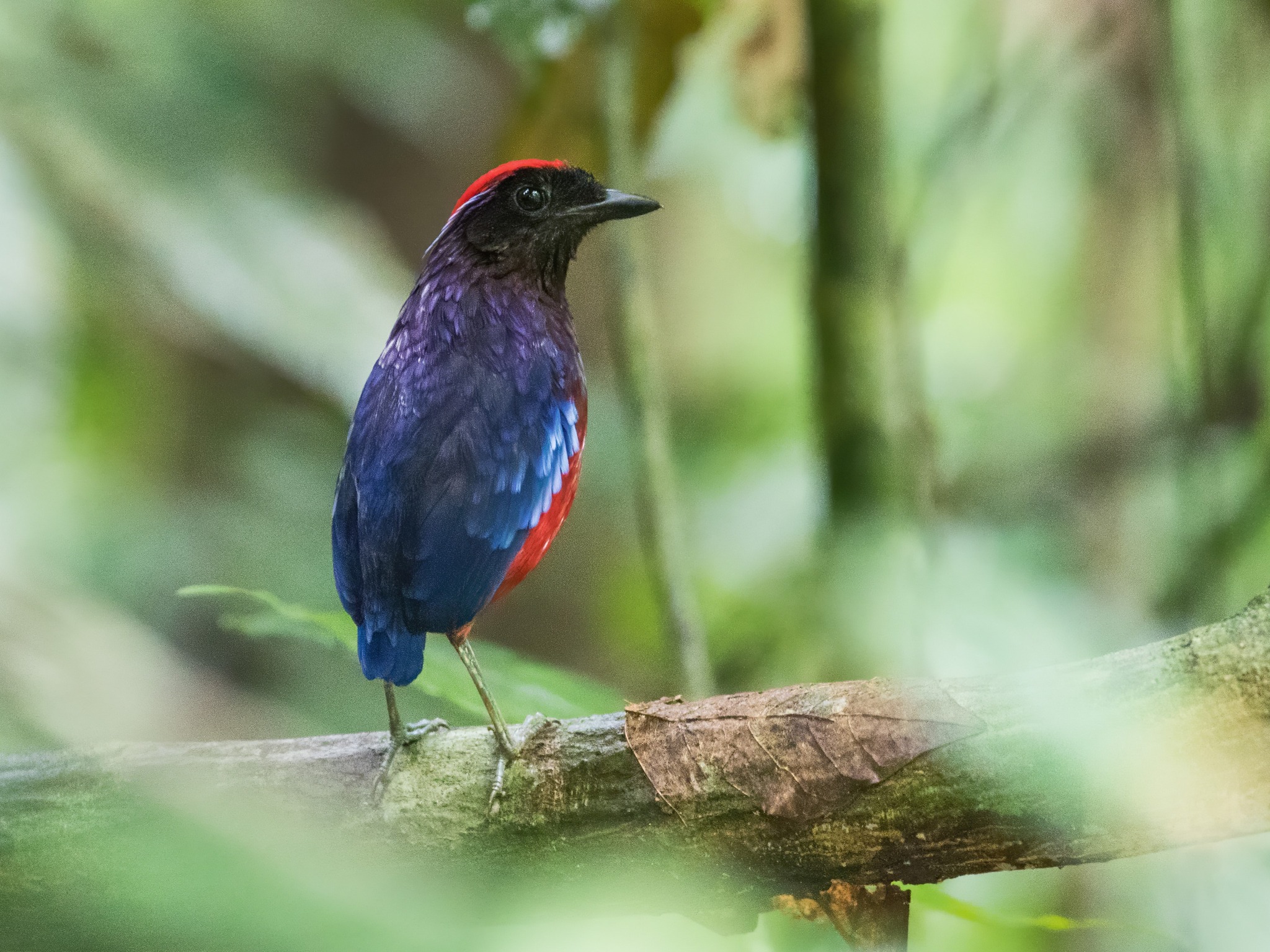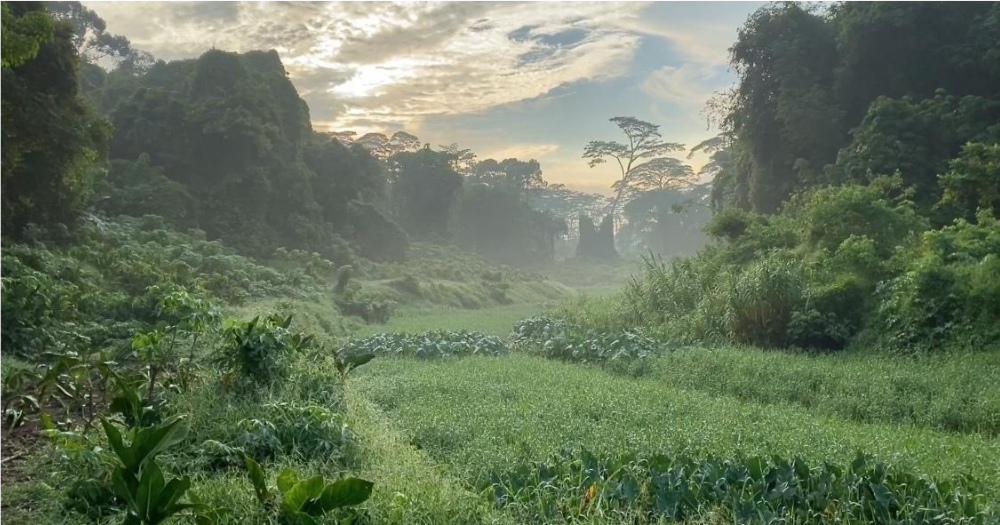Using novel statistical models, scientists from the National University of Singapore (NUS) were able to estimate the amount of biodiversity loss in Singapore over the past two centuries.
According to an NUS press release, "the study paints the most accurate picture to date of the ecological impact of deforestation and urban development in the tropical city-state".
Dark extinctions
The study was led by Associate Professor Ryan Chisholm from the NUS Department of Biological Sciences.
Chisholm and the team compiled over 200 years' worth of biodiversity records, comprising more than 50,000 individual records across over 3,000 species.
The study considered species from groups such as plants, birds, mammals (excluding bats and marine mammals), reptiles, phasmids, bees, butterflies, freshwater decapod crustaceans, and freshwater fish.
The statistical models developed by Chisholm's lab allowed the researchers to account for species that have disappeared or gone extinct before they were discovered or documented — in what is termed as "dark extinctions".
It was found that Singapore has lost an estimated 37 per cent of its species.
But although this number might sound high, it is only half that of a previous estimate in 2003 that also attempted to account for dark extinctions, NUS stated.
The team also noted that certain groups of animals are especially vulnerable to extinction, including larger mammals, forest-dependent birds, orchids and butterflies.
 The garnet pitta was last seen in Singapore in 1949. Photo by Keita Sin via NUS
The garnet pitta was last seen in Singapore in 1949. Photo by Keita Sin via NUS
Conservation of charismatic species
The study not only looked into the past, but also into the possible future.
The researchers projected that if "current deforestation trends persist", Southeast Asia might lose 18 per cent of its species by the end of the century.
It is predicted that in such a scenario, the majority of species will persist in the "future human-dominated landscapes of the region", but extinctions will be concentrated among large charismatic species.
Charismatic species are those that garner more public interest due to their aesthetic appeal or cultural significance, for example, larger mammals like pandas and elephants.
As such, the NUS researchers recommended prioritising the conservation of charismatic species, which in turn, will protect other species in the same habitat.
“Adopting this approach not only benefits other species but also aligns with other conservation goals, such as the protection of carbon stocks, crucial in mitigating climate change,” Chisholm said.
In a more local context, the team suggested focusing conservation efforts on species such as langurs, pangolins, hornbills and butterflies, "adapt to urbanised landscapes with proper conservation support".
Top photo courtesy of Brice Li
Related stories
If you like what you read, follow us on Facebook, Instagram, Twitter and Telegram to get the latest updates.



